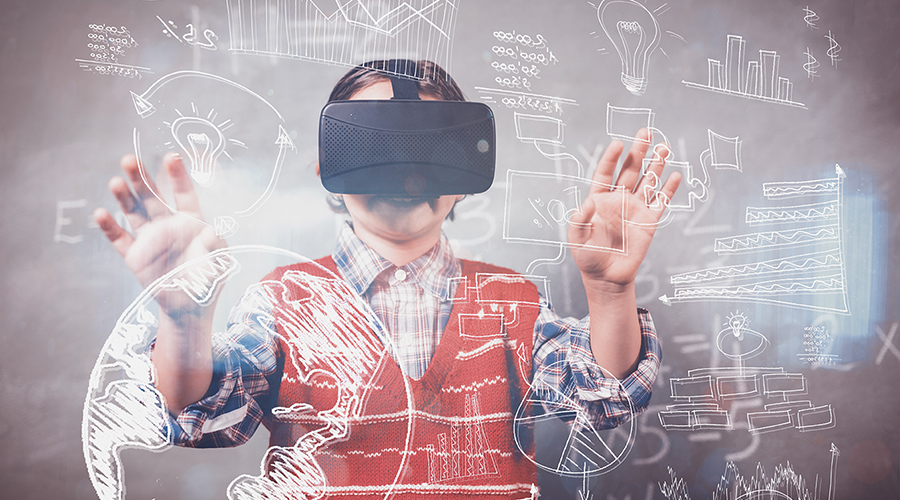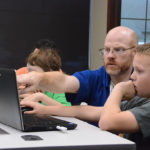The students of today have grown up with tablets, smartphones, and a variety of digital tech, making them naturally inclined and receptive to technology. School is a place where students can come together to share ideas among peers and to learn more advanced skills and concepts they can apply in the real world, and technology is one of the most effective instruments that educators can use to help their students learn and develop new ideas and talents.
Adopting new and cutting-edge technologies such as augmented reality and simulation learning can help teachers experiment with alternative methods of teaching topics and skills that students will need over a lifetime. But is the use of state-of-the-art tech distracting or beneficial? Here’s a look at some tech advancements and how they can benefit the classroom.
Simulation Learning
There are certain fields of study that require practical, hands-on training, but real-world training may not be possible in a school setting. One such example would be training an airplane pilot. A student can’t learn to fly a plane reading a textbook. The concepts can be taught but need to be practiced to be learned.
A flight simulator can help students take their theoretical knowledge about aviation and put them into practice. A pilot can sit in a realistic-looking cockpit and fly a plane in a variety of conditions to get practice for every day (and emergency) situations. Simulation learning provides the student with the opportunity to practice and develop skills in a lower-cost and risk-free way.
Medical and nursing students can also benefit from simulation learning. Nurses-in-training can practice the skills they need using computerized mannequins that look and react like a real patient. Trial and error on a mannequin allows nurses to practice skill sets they’ll need to work in a hospital or medical facility, and they can develop the skills without fear of harming someone or making life-threatening mistakes.
Gamification
Many of the concepts students are exposed to at school require creativity to fully grasp. Teachers can encourage and improve creativity with alternative teaching methods such as taking the classroom outside to spend more time in nature.
But not all lessons can be conducted outside, making it necessary to find other ways to bring out abstract thinking processes in students. Gamification takes elements from digital game design techniques and applies them to real-world, non-game problems. Employing gamification can help teachers challenge students to expand the way they think about and view things by using problem-based learning.
One good example of game-based learning that can be used in the classroom at any age is role play. A teacher may pose a hypothetical problem, such as a historical concept. Students are asked to take on a role and attempt to solve the problem in exchange for rewards. The reward may be points that are tallied for everyone to see. Points create a healthy sense of competition and encourage students to “win.” The game concept can bring out new, creative ideas within the group that expands on the lesson at hand.
Augmented Reality in the Classroom
Augmented reality has been on the radar of educators for a decade or longer. The ability to fully immerse yourself in an environment can have many uses in a college classroom. Augmented reality can also be used as an individual learning experience or for team-based learning. Syncing virtual reality headsets so small groups of students can view the same 360-degree footage can help them experience the footage as a group and later share their individual perceptions with each other to get a deeper grasp of a topic.
Virtual reality may be in its early iterations of educational applications. As the technology becomes more affordable and accessible, it may be able to replace many of the media presentations used today, such as documentaries and slide shows, with a more detailed and lifelike view of a subject.
Technology in the Classroom Deepens the Learning Experience
There are concepts teachers are tasked with teaching that are important to learn but difficult to grasp. Providing students with alternative ways to learn that create a deeper and more memorable learning experience is the key. Technology can help students step inside a new world or practice a skill they’ll need in the future.
Guest Blog by Sam Bowman








